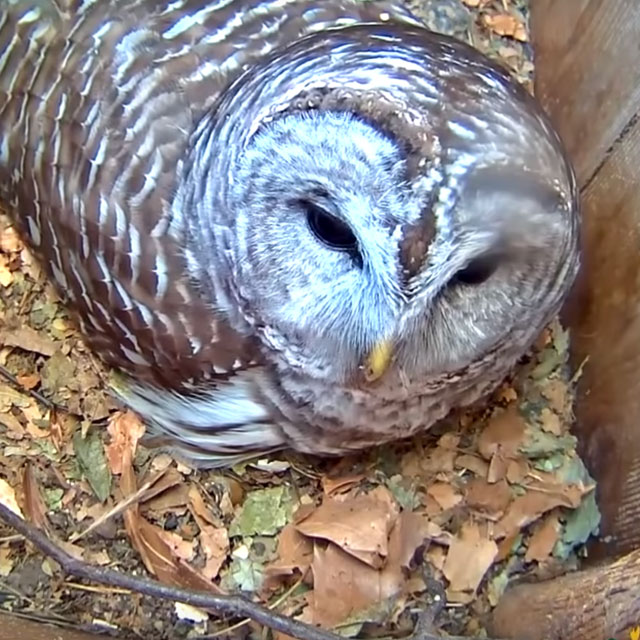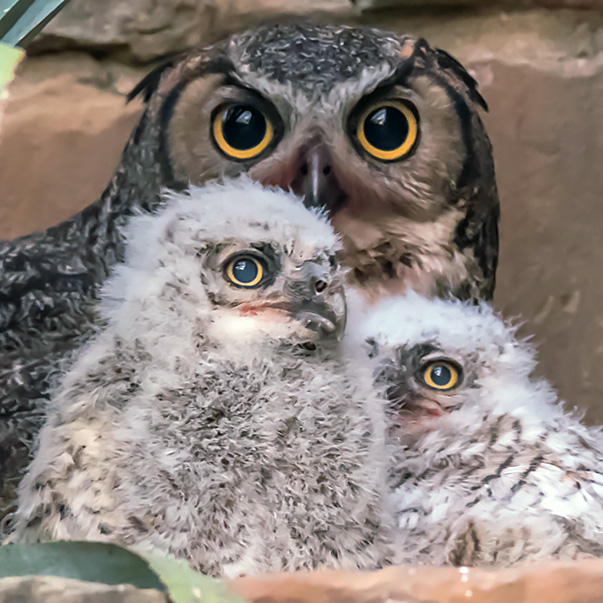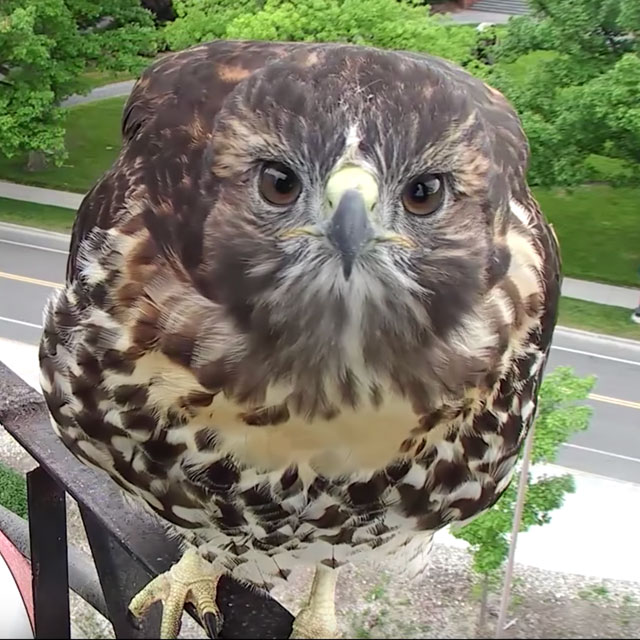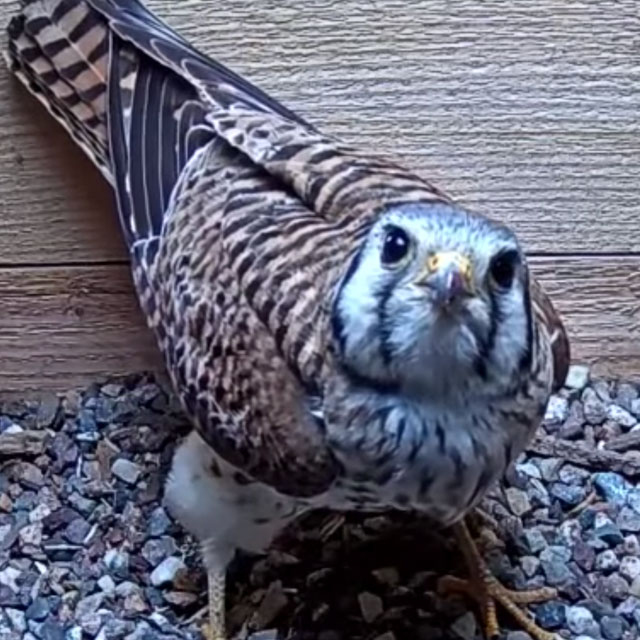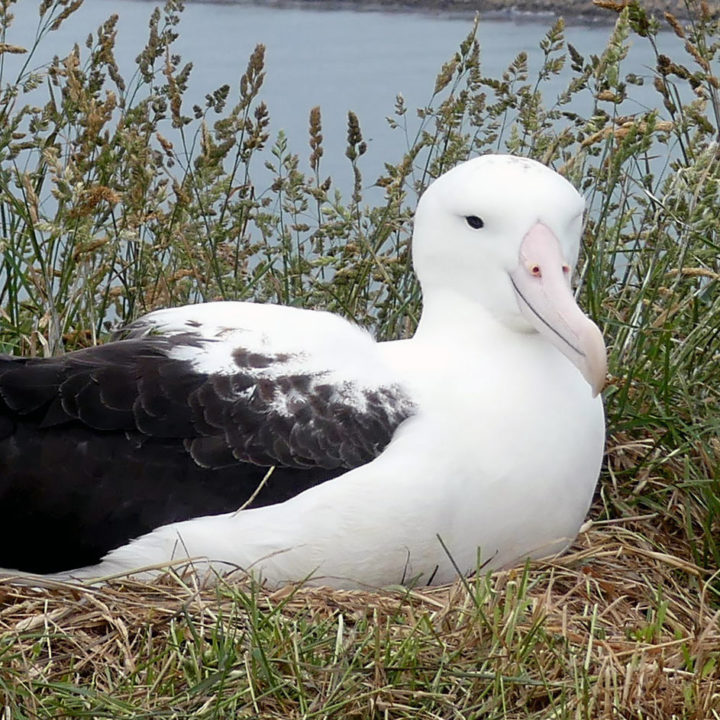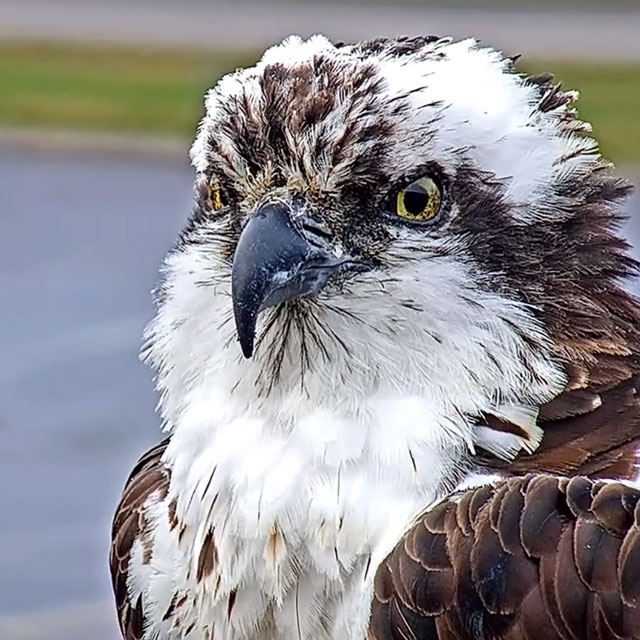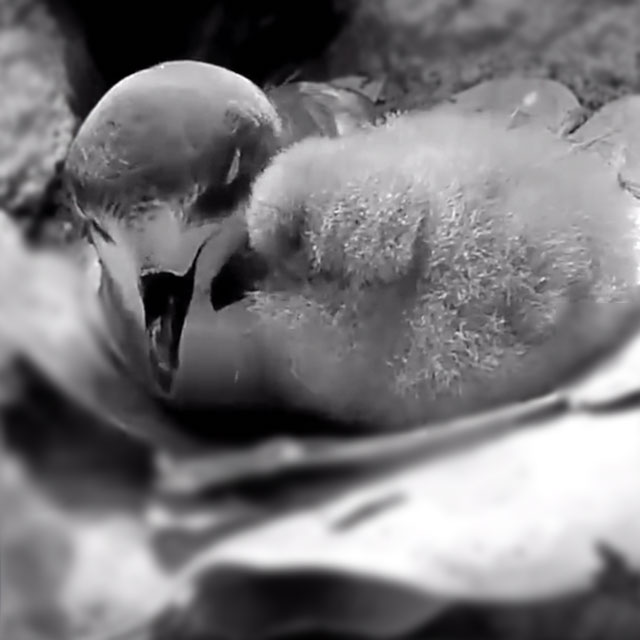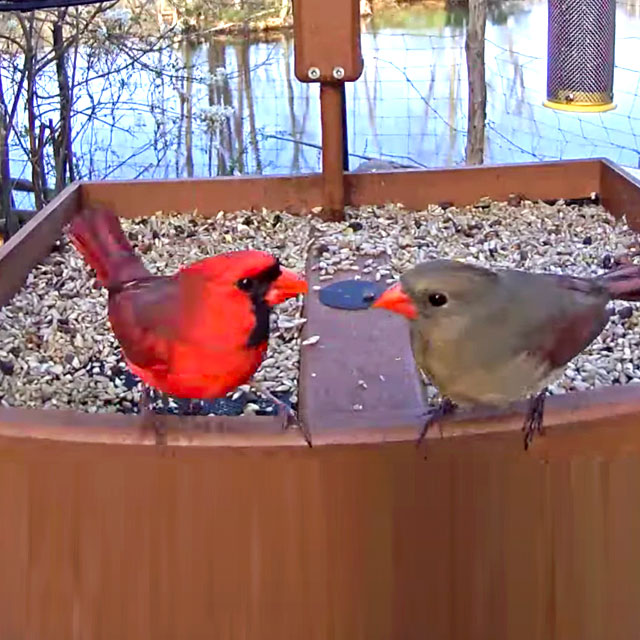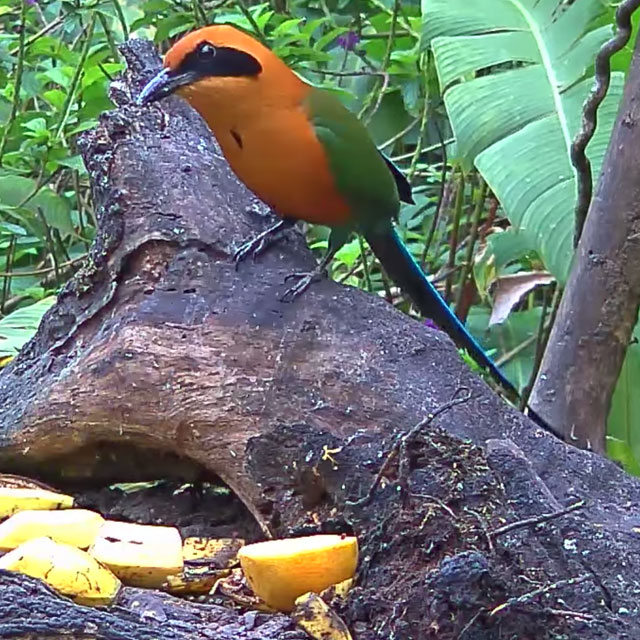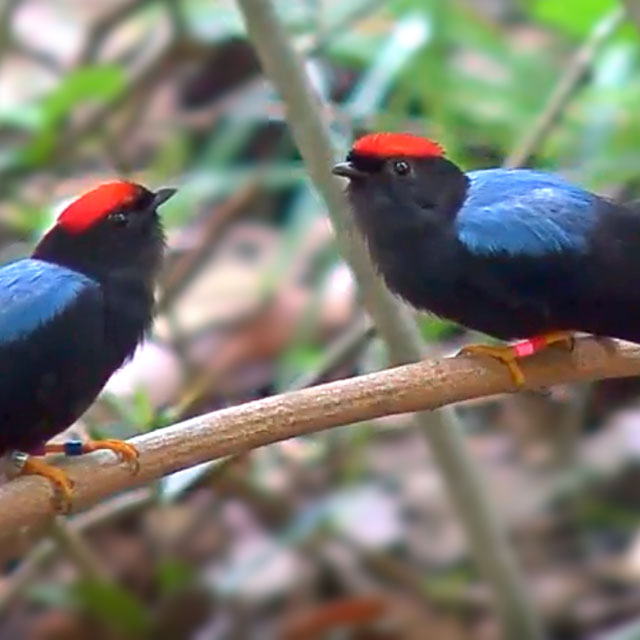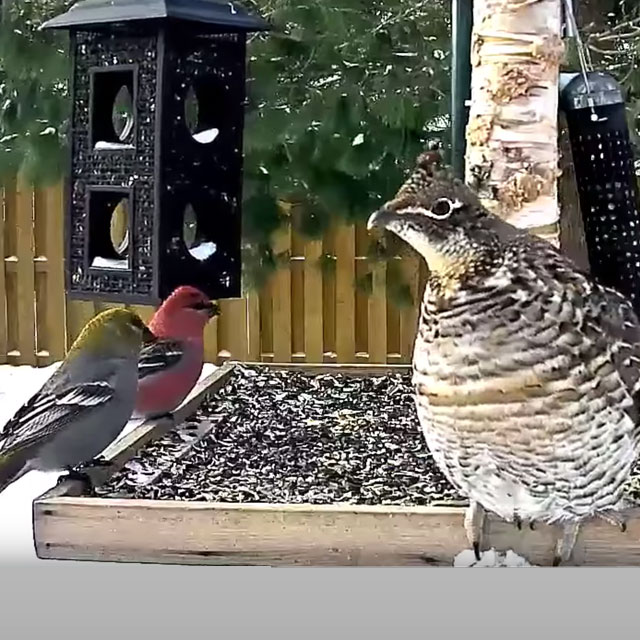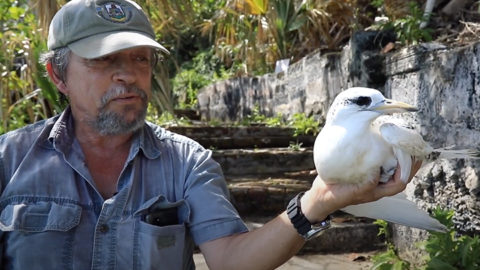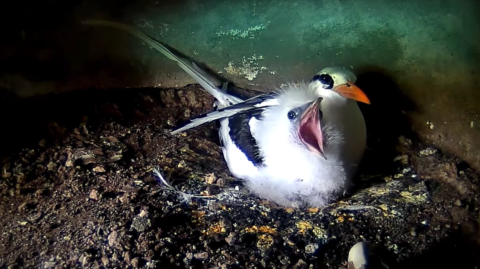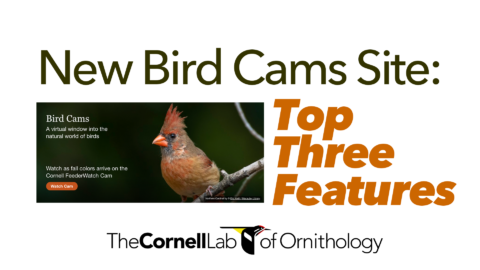Video Highlights
News
-
July 15, 2021 Tropicbird Nestling “Sunny” Fledges Out To Sea
-
June 11, 2020 White-tailed Tropicbird Cam Timeline
-
November 4, 2019 Explore the New Bird Cams Website
Tropicbirds on Nonsuch Island
The White-tailed Tropicbird (known in Bermuda as the “Longtail”) is Bermuda’s only remaining, locally common seabird, with over 600 breeding pairs nest on the Castle Islands Nature Reserve, including about 200 pairs nesting on Nonsuch Island.
On Nonsuch, about 70 artificial “Igloo” nests have been installed to replace natural cliff cavities which have been destroyed by hurricane erosion and cliff falls during hurricanes over the last 20 years. One of these nests, along the stairway leading up from the Nonsuch dock, has had a new White-tailed Tropicbird cam installed so that we can now follow the little-known “nest life” of this difficult to study species, which is generally more aggressive than the more laid-back Bermuda Petrel (also known as the “Cahow”).
Longtail Conservation on Bermuda
Bermuda’s population of nesting Longtails face many of the same threats as the Cahow. The Longtail’s cliff-front nesting sites are under increased threat from storm waves and hurricanes and the associated coastal erosion and flooding; as well as from development (such as the building of coastal retaining walls). The eggs and chicks of birds nesting on the main islands of Bermuda are particularly vulnerable to predation by domestic dogs and cats, including a growing population of feral cats. Even on the isolated outer islands chicks are vulnerable to predation from rats and crows (Madeiros 2011). Pigeons are also a threat as they compete for nesting cavities with the Longtails and foul the nests while the Longtails are at sea in the winter.
Intensive management to improve conditions for tropicbird breeding success are ongoing in the Castle Harbour Islands Nature Reserve. Activities include active control of rats and the installation of artificial nesting chambers (igloos) to supplement the stock of nest sites. Longtail Igloos are also available to the public through the Bermuda Audubon Society and the Department of Conservation Services and can be installed on coastal property, with over 1100 having been installed in coastal areas in Government and NGO Nature Reserves and on private coastal properties. Monitoring of nests indicates that artificial nests are readily accepted by the birds, and the percentage of chicks successfully raised in them is high (Madeiros, 2011).
This management appears to have had a positive effect of the Bermudian population of the Longtail, which had been documented as being in decline since the first studies of the species were carried out in the 1920s and 1930s. By the year 2000, the Longtail population on Bermuda was considered to be less than half of what it had been a century earlier. However, during the course of an annual survey of breeding numbers and success carried out by the Terrestrial Conservation Officer since 2006, numbers of breeding pairs at 10 study locations, after falling for the first 6 years of the study, have increased steadily at almost all locations, with a higher percentage of chicks successfully fledging to sea. Part of the reason for this increase is better control of introduced competitors and predators, such as Crows, Rats and feral Pigeons. In addition, the large numbers of artificial nests that have been installed in many areas have provided numerous additional nest sites, and appear to have significantly higher breeding success than the natural nest sites.
Longtails are protected by law under both the Protection of Birds Act 1975 and the Protected Species Act 2003. This protection extends to the birds themselves, their eggs and their nest sites.
About Cams
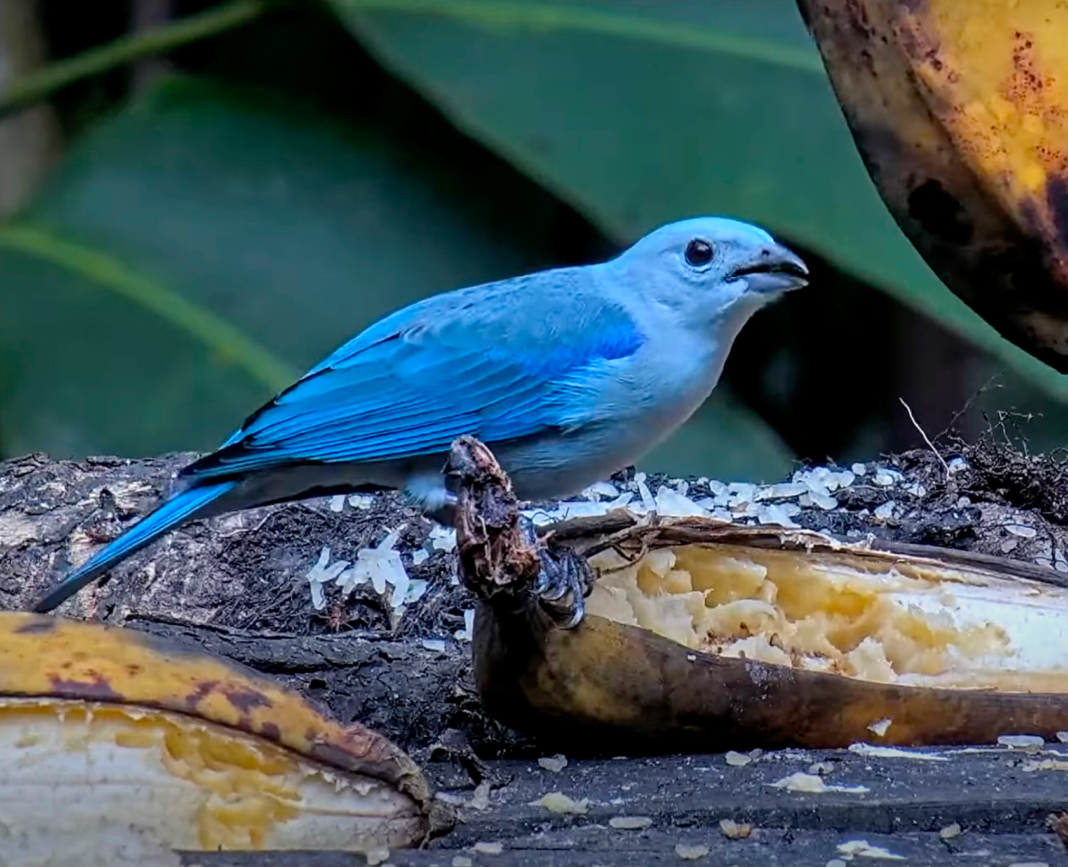
The Cornell Lab Bird Cams connects viewers worldwide to the diverse and intimate world of birds. We work to make watching an active experience, sparking awareness and inspiration that can lead to conservation, education, and engagement with birds.
Our viewers tell us that watching the cams is a life changing experience: an unprecedented learning experience that they liken to virtual field trips or field biology in their living room. We’re excited to continue sharing and learning with the community as we watch the world of birds together.

Bird Cams is a free resource
providing a virtual window into the natural world
of birds and funded by donors like you
Pileated Woodpecker by Lin McGrew / Macaulay Library
